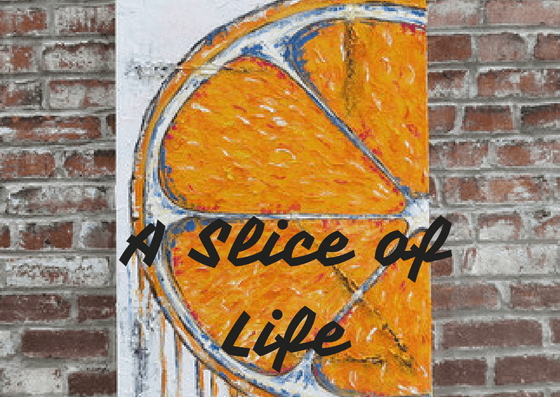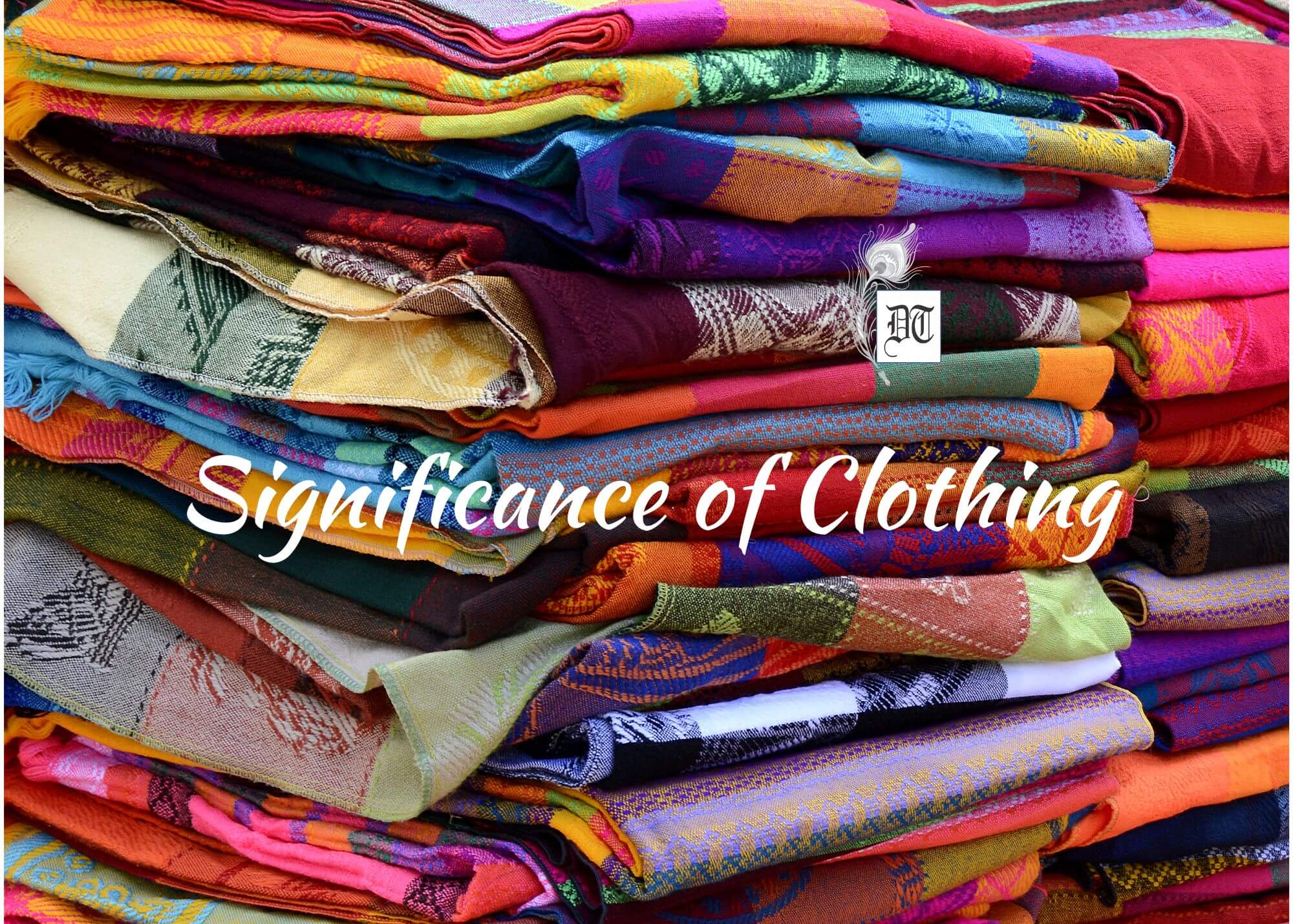Reading Time: 3 minutes
Clothing shapes identity and behaviour, evolving from basic materials to diverse fabrics, yet individual choices remain subjective, opines Ruchira – exclusively for Different Truths.

Since the dawn of civilisation, clothing has interacted with the daily lives of humans, steadily gaining ascendency, which continues even to this day. Alongside food and shelter, clothing is considered a vital human requirement. Beginning with grass and foliage, onward to leather, fur, silks, and more to artificial yarns, (and still counting), its journey of evolution has been a spectacular one.
The significance of clothes has often been highlighted by men and women of letters. Mark Twain in his short story The Czar’s Soliloquy, writes: One realises that without his clothes a man would be nothing at all; that the clothes do not merely make the man, the clothes are the man; that without them he is a cypher, a vacancy, a nobody, a nothing… There is no power without clothes.” This adage may be traced back to the Middle Ages and is attributed to Erasmus, who penned “vestis virum facit,” meaning “clothes make the man.”
Wearing clothes to make an impression is directly proportionate to how others sum up our persona and nature.
Wearing clothes to make an impression is directly proportionate to how others sum up our persona and nature. However, we tend to overlook the issue of how it can affect an individual’s sense of self. Some scholars feel clothes can be used to mould our mindset, allowing us to smoothly slip into not-so-familiar roles. In other words, when we surround ourselves with objects that symbolize specific roles, e.g., priest, soldier, dancer, et al., our sense of identity begins to interact with those symbols, and we unconsciously begin to behave in the way we expect people wearing them to behave. This may be the reason why on social (read festive) occasions people enjoy donning clothes of famous (also notorious) characters: from Mickey Mouse to Superman and Spiderman to our iconic Desis like Shri Rama, Hanuman, Gopala, Gandhi, Nehru, and Swami Vivekananda, among many more, because it helps to identify themselves with the stalwarts whom they are (how shall I say) impersonating.
There is a certain section of our vast society that enjoys scrupulously adhering to the centuries-old Sanskrit maxim, Vidya Dadhati Vinayam (Learning begets humility). We must bear in mind ‘Vidya’ does not denote formal college (university) educational qualifications, or degrees per se. It also encompasses achievements, skills, and attainments in myriad spheres of life. Some prominent examples are Dr Amartya Sen (late) Dr APJ Abdul Kalam, V. Chidambaram (late) Girish Karnad, Dr Manmohan Singh, and now the departed legends Hemant Kumar and Lata Mangeshkar, whose lifestyles epitomised simplicity.
A somewhat similar mindset is palpable among the “old fashioned” aristocrats…
A somewhat similar mindset is palpable among the “old fashioned” aristocrats, who generally adopt a ‘muted’ air when it comes to making their prosperity public. Then we also have the ‘elite’ (aka glitterati) class, whose members feel their mélange of intelligence, physical beauty, power, glamour, and affluence surely deserves to be flaunted. This is to set them apart from “pedestrians.” The likes of Dr Shashi Tharoor, (late) Zulfiqar Ali Bhutto, daughter Benazir, Parvez Musharraf, Imran Khan, Moon Moon Sen, and Kabir Bedi figure in this genre (purely my personal opinion!)
For the countless Indian yuppies—mind you, they possess neither mirror-cracking looks nor academic brilliance as described above—trendy clothes and dressing are the summum bonum of life. Ditto for the nouveau riche, for whom showing off is the be-all and end-all of life. And they resort to clothes as a handy tool for this purpose. You can see multitudes of them around you in every walk of life. From tip to toe, they are attired in everything that is ‘in vogue.’ For all practical purposes, they appear to be straight out of global haute couture circles. But close at hand, you discover their low IQ levels, lack of general awareness, communication skills, good manners, and finesse. Don’t we know appearance is deceptive sometimes?
The frenzied craze for clothes is further bolstered by the debut of social media…
The frenzied craze for clothes is further bolstered by the debut of social media, with, Ahem, Facebook and Instagram being the major culprits. Hundreds of thousands of people (women outnumber men) go on shopping sprees and buy more dresses than they need, only to ‘pose’ in them for social sites regularly. Like it or not, the slogan “Clothes make the man” is here to stay. So let us comfortably leave it at “To each, his own.”
Picture design by Anumita Roy















